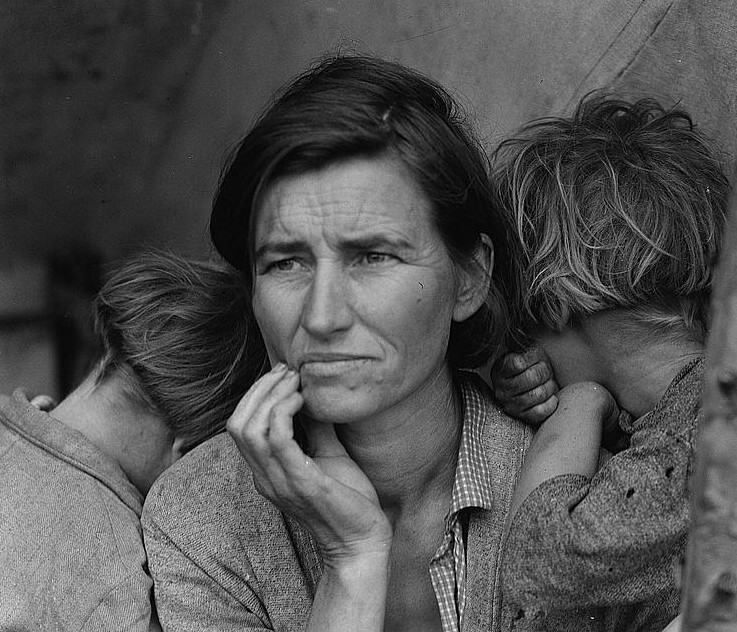It has been heard and written everywhere for the last 18 months: farm incomes have gone down dramatically. After two years of carpet bombing by the media, with anything from 60 percent price fall in prices to desperate farmers spreading their milk in the fields, the consultation on the future of the CAP organized by Commissioner Ciolos suggest that many, in the civil society, are convinced that EU farmers are starving. As an external reviewer of the synthesis report of this consultation, I saw a large sample of individual contributions. My feeling is that for many people, the current low farm incomes justify subsidies, border protection and paying more attention to mechanisms to support farm prices.… Read the rest
Why are we so lousy at measuring farmers’ incomes?
It has been heard and written everywhere for the last 18 months: farm incomes have gone down dramatically. After two years of carpet bombing by the media, with anything from 60 percent price fall in prices to desperate farmers spreading their milk in the fields, the consultation on the future of the CAP organized by Commissioner Ciolos suggest that many, in the civil society, are convinced that EU farmers are starving. As an external reviewer of the synthesis report of this consultation, I saw a large sample of individual contributions. My feeling is that for many people, the current low farm incomes justify subsidies, border protection and paying more attention to mechanisms to support farm prices.… Read the rest
Production effects of agri-environmental programmes
EU agri-environmental policy dates back to the mid-1980s and became a mandatory part of the EU agricultural policy toolkit in 1992. Initial implementation in many Member States emphasised policies designed to mitigate the environmental harm associated with agricultural intensification (e.g. by paying farmers to lower fertiliser inputs) but over time and under Commission prodding the objectives have shifted more to environmental enhancement.
Around two-thirds of EU agri-environmental programme payments are classified in the OECD’s Producer Support Measure (PSE) calculations as ‘payments based on input constraints’. Such programmes would be expected to reduce EU production. Empirical attempts to measure the impact of the CAP on EU production and world market prices generally ignore their production-restraining impact and thus tend to over-estimate the world market effects of EU agricultural policy.… Read the rest
Inside the echo-chamber
Today and tomorrow, DG Agriculture is organising a tightly controlled, invitation-only ‘public conference’ on the future of the CAP. As someone who has previously expressed mildly dissenting opinions I’ve not been invited. It’s probably a small mercy as life is really too short to spend two days listening to an assorted crowd of farm union officials, docile civil servants and tame academics parrot the DG Agriculture mantra: ‘we need to preserve the current CAP and its budget to… protect the environment / avert mass starvation / keep farmers from committing suicide (delete as appropriate)’.
There are a few people on the speakers list who might be expected to take issue with DG Agriculture’s infamous doublethink but in a crafty move they have mostly been appointed as session chairs or rapporteurs.… Read the rest
Carbon efficiency and trade policy
In an earlier post, I wondered whether there were data on the relative carbon efficiency of agricultural production in Europe versus third countries. A recent FAO study arising from a collaborative effort by FAO and the International Dairy Federation which assesses GHG emissions from the dairy food chain throws light on this. The study uses a Life Cycle Analysis (LCA) approach, and thus includes the land use change induced by the consumption of feed (principally soybeans) in intensive dairy systems.
The results are unambiguous:
… Read the rest“A global trend emerging from the results is the lower level of emissions per unit of product in intensive compared to extensive systems.


